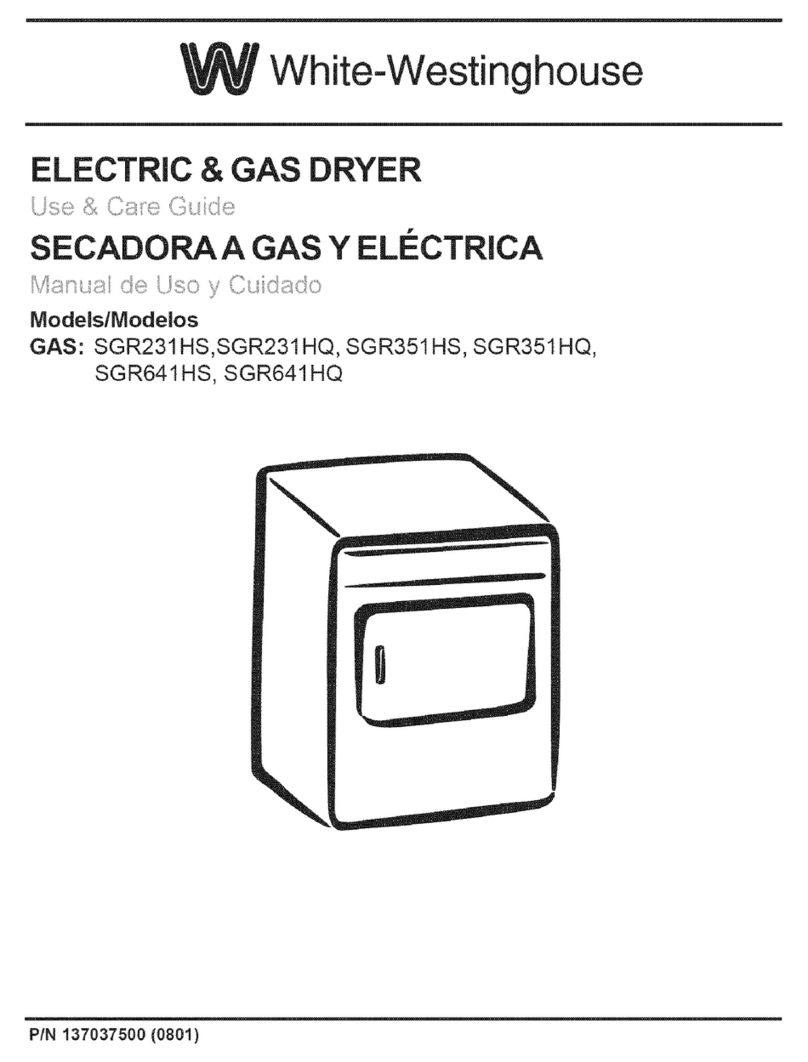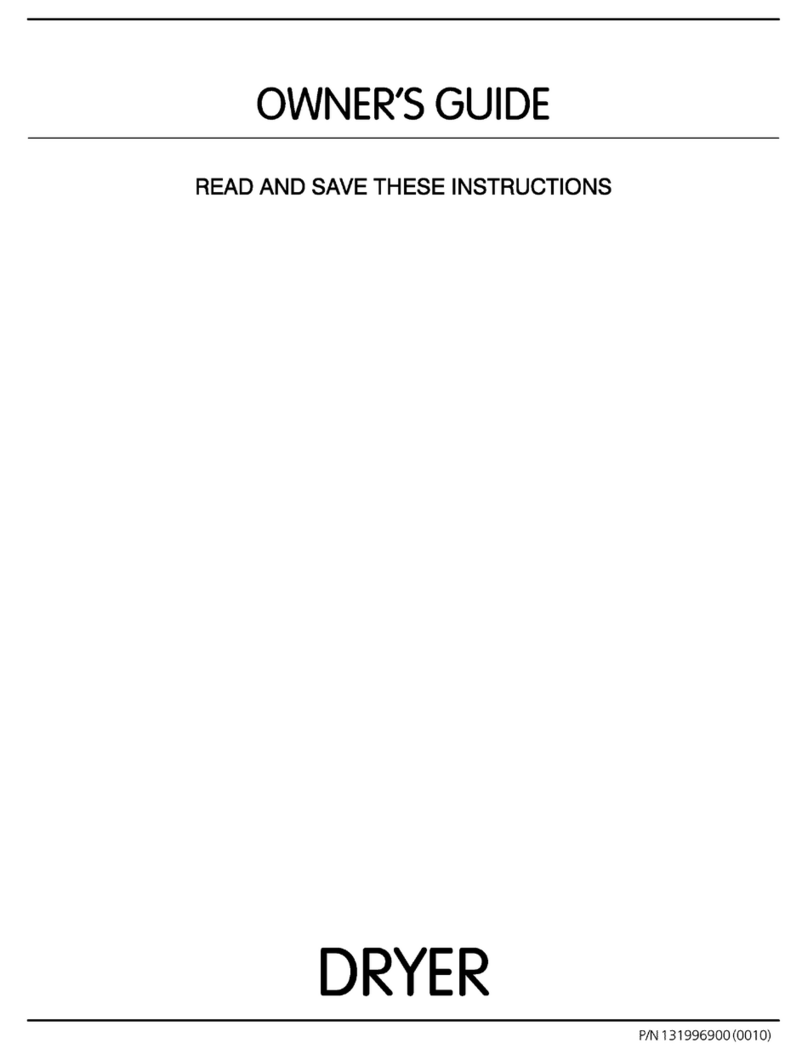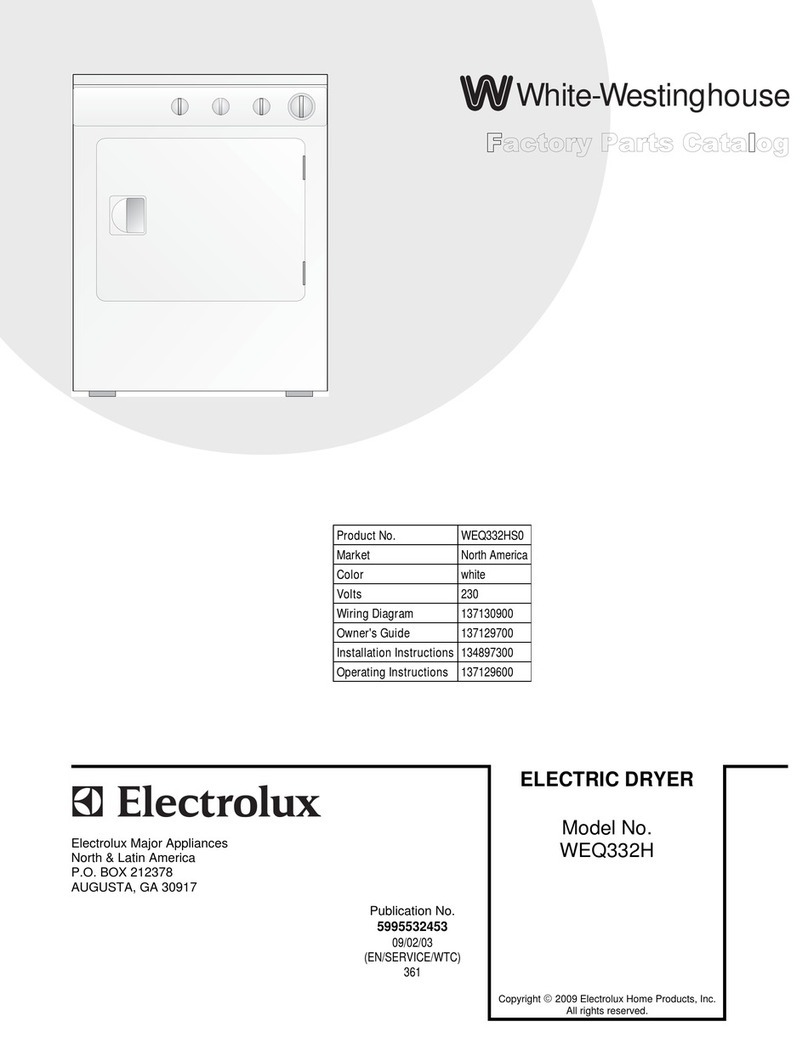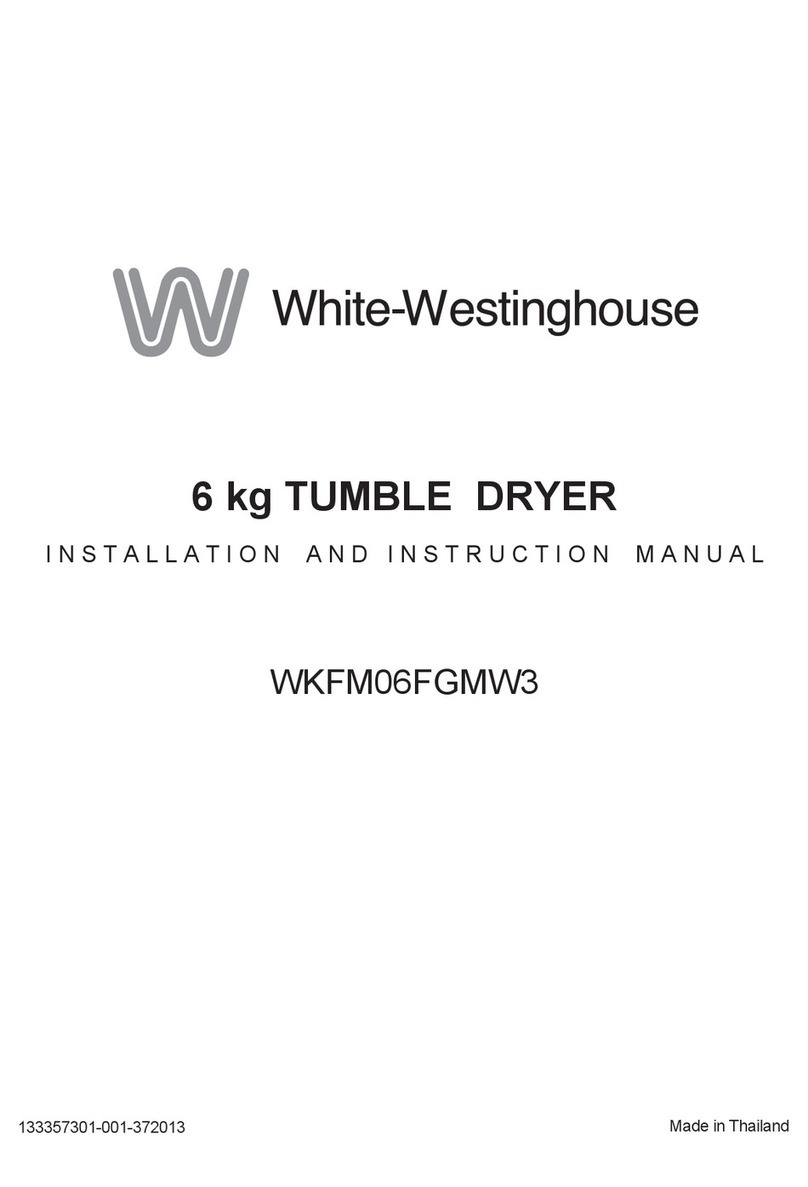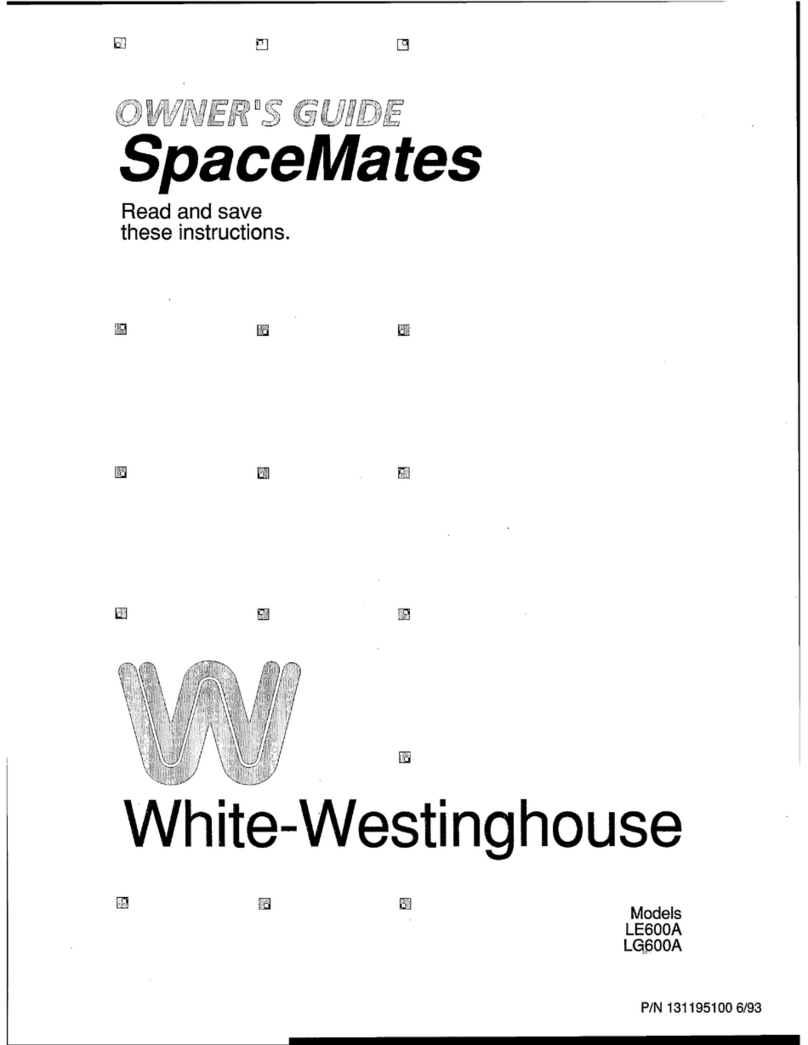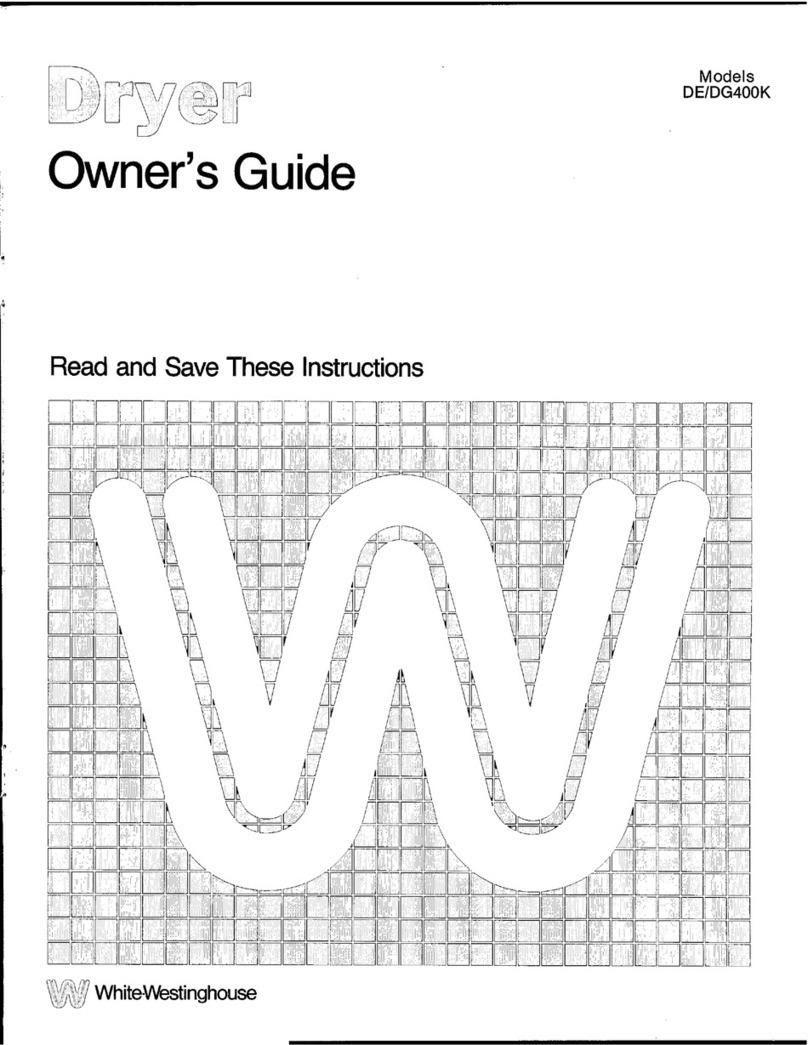
3
Important Safety Information
In the interest of your safety and to ensure the correct use, before installing and first using the appliance, read this
user manual carefully, including its hints and warnings. To avoid unnecessary mistakes and accidents, it is impor-
tant to ensure that all people using the appliance are thoroughly familiar with its operation and safety features.
Save these instructions and make sure that they remain with the appliance if it is moved or sold, so that everyone
using it through its life will be properly informed on appliance use and safety.
General safety
• It is dangerous to alter the specifications or attempt to
modify this product in any way.
• This appliance is not intended for use by persons (including
children) with reduced physical, sensory or lack of experi-
ence and knowledge, unless they have been given supervi-
sion or instruction concerning use of the appliance by a
person responsible for their safety.
• Make sure that small pets do not climb into the drum. To
avoid this, please check into the drum before using.
• Any objects such as coins, safety pins, nails, screws,
stones or any other hard, sharp material can cause exten-
sive damage and must not be placed into the machine.
• In order to avoid danger of fires caused by excessive dry-
ing, do not use appliance to dry the following items: Cush-
ions, quilts and the like (these items accumulate heat).
• Items such as foam rubber (latex foam), shower caps,
waterproof textiles, rubber backed articles and clothes or
pillows fitted with foam rubber pads should not be dried in
the tumble dryer.
• Always unplug the appliance after use, clean and mainte-
nance.
• Under no circumstances should you attempt to repair the
machine yourself. Repairs carried out by inexperienced
persons may cause injury or serious malfunctioning. Con-
tact your local Service Centre. Always insist on genuine
spare parts.
• Items that have been soiled with substances such as cook-
ing oil acetone, petrol, kerosene, spot removers, turpen-
tine, waxes and wax removers should be washed in hot
water with an extra amount of detergent before being dried
in the tumble dryer.
• Danger of explosion: Never tumble dry items that have been
in contact with inflammable solvents (petrol, methylated
spirits, dry cleaning fluid and the like). As these substance
are volatile, they could cause an explosion. Only tumble dry
items washed with water.
• Risk of fire: items that have been spotted or soaked with
vegetable or cooking oil constitute a fire hazard and should
not be placed in the tumble dryer.
Installation
• This appliance is heavy. Care should be taken when mov-
ing it.
• When unpacking the appliance, check that it is not dam-
aged. If in doubt, do not use it and contact the Service
Centre.
• All packing must be removed before use.
• Serious damage can occur to the product and to property
if this is not adhered to.
• See relevant section in the user manual.
• The final part of a tumble dryer cycle occurs without heat
(cool down cycle ) to ensure that the items are left at a
temperature that ensures that items will not be damaged.
• Any electrical work required to install this appliance should
be carried out by a qualified electrician or competent per-
son.
• Care must be taken to ensure that the appliance does not
stand on the electrical supply cable.
• If the machine is situated on a carpeted floor, please adjust
the feet in order to allow air to circulate freely.
• After having installed the appliance, check that it is not
pressing or standing on its electrical supply cable or/and
drain hose.
WARNING! - RISK OF FIRE!
Never stop a tumble dry before the end of the drying
cycle unless all items are quickly removed and spread
out so that the heat is dissipated.
• Ensure you have adequate ventilation in the installation
room to avoid the back flow of gases into the room from
appliances burning other fuels, including open fires.
• If you have washed your laundry with stain remover you
must execute an extra rinse cycle before loading your
tumble dryer.
• Please make sure that no gas lighters or matches have
accidentally been left in pockets of garments to be loaded
into appliance.

